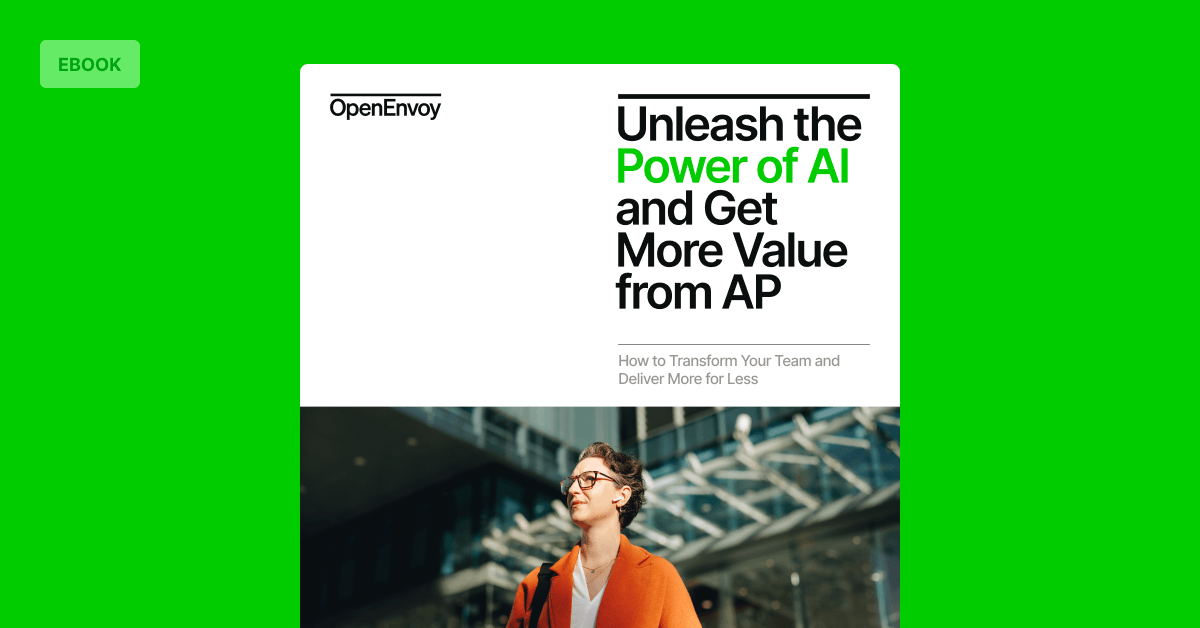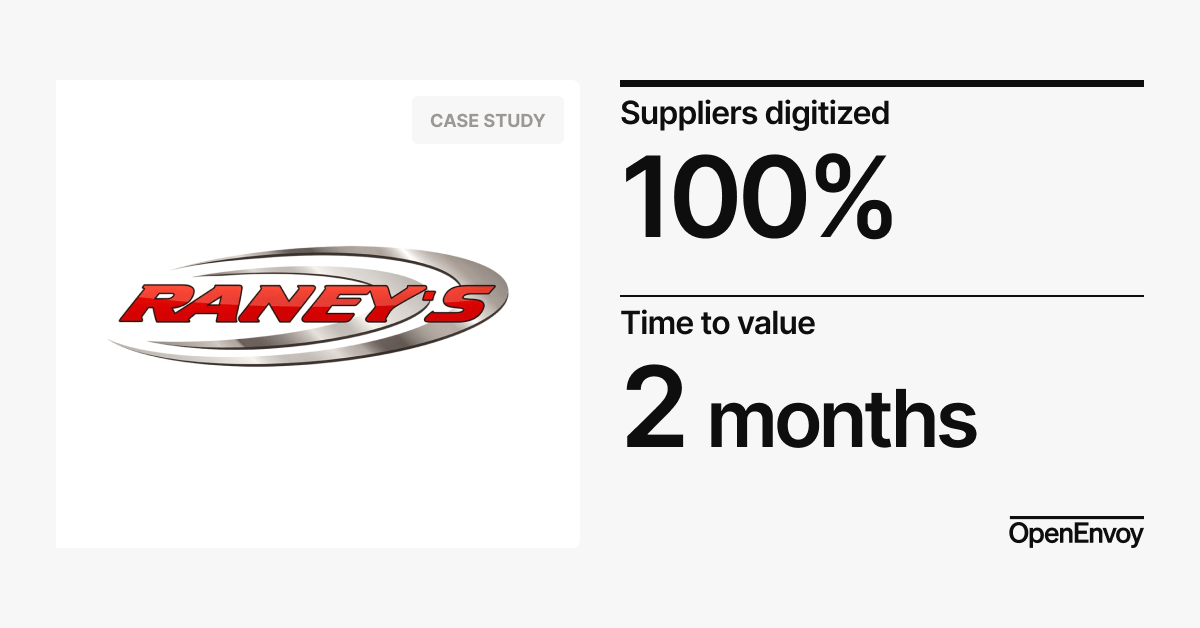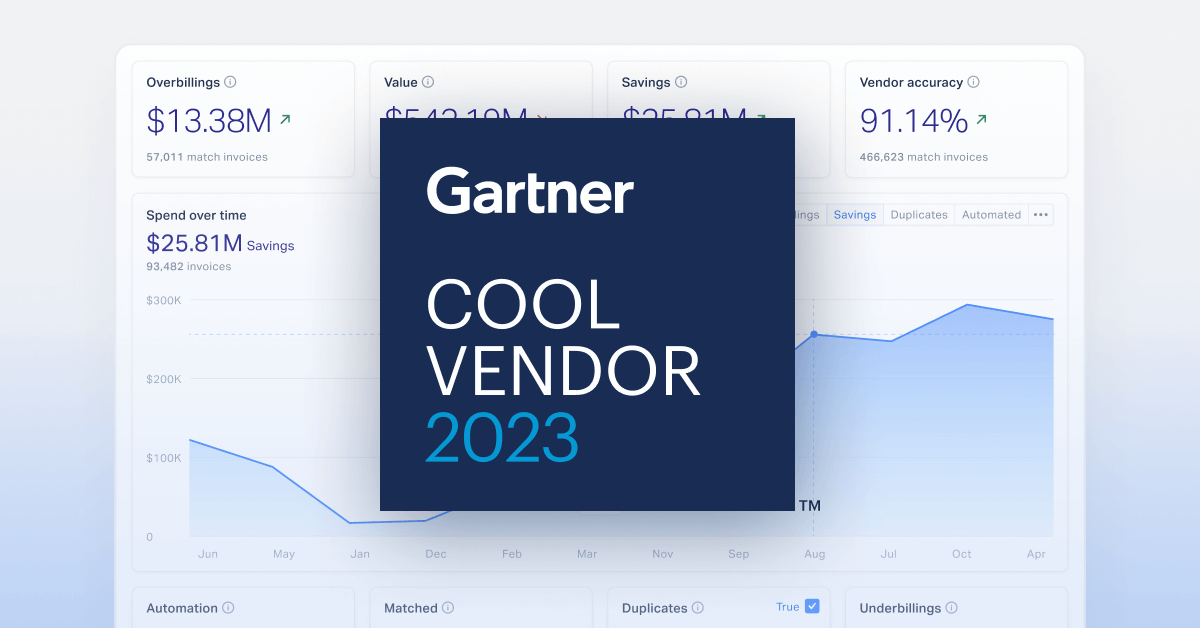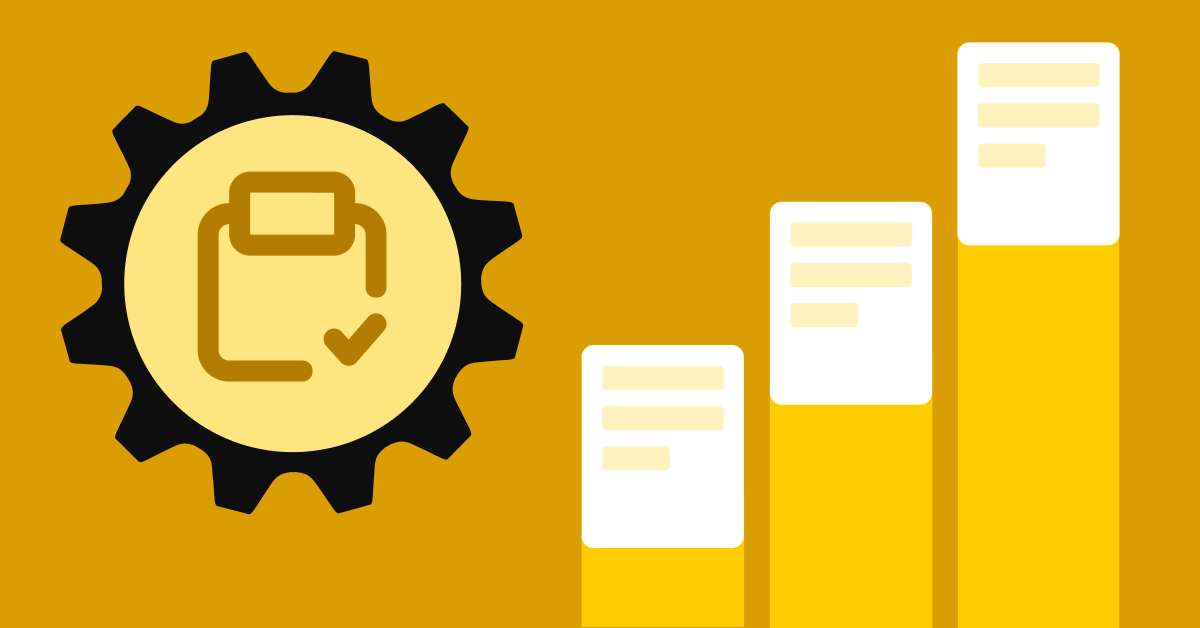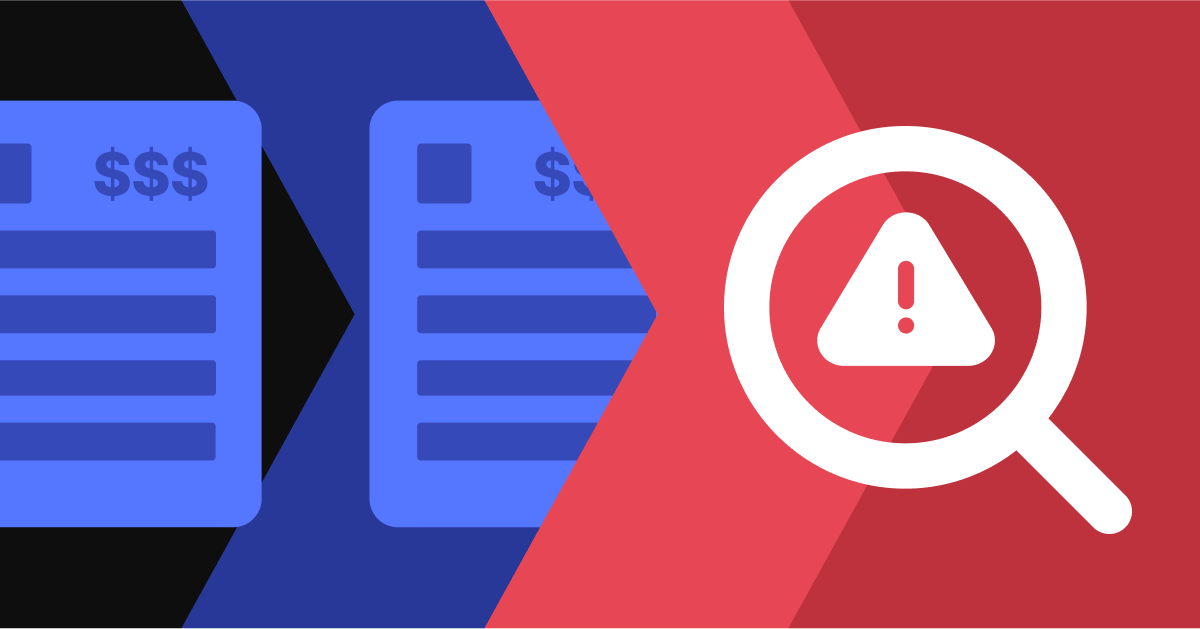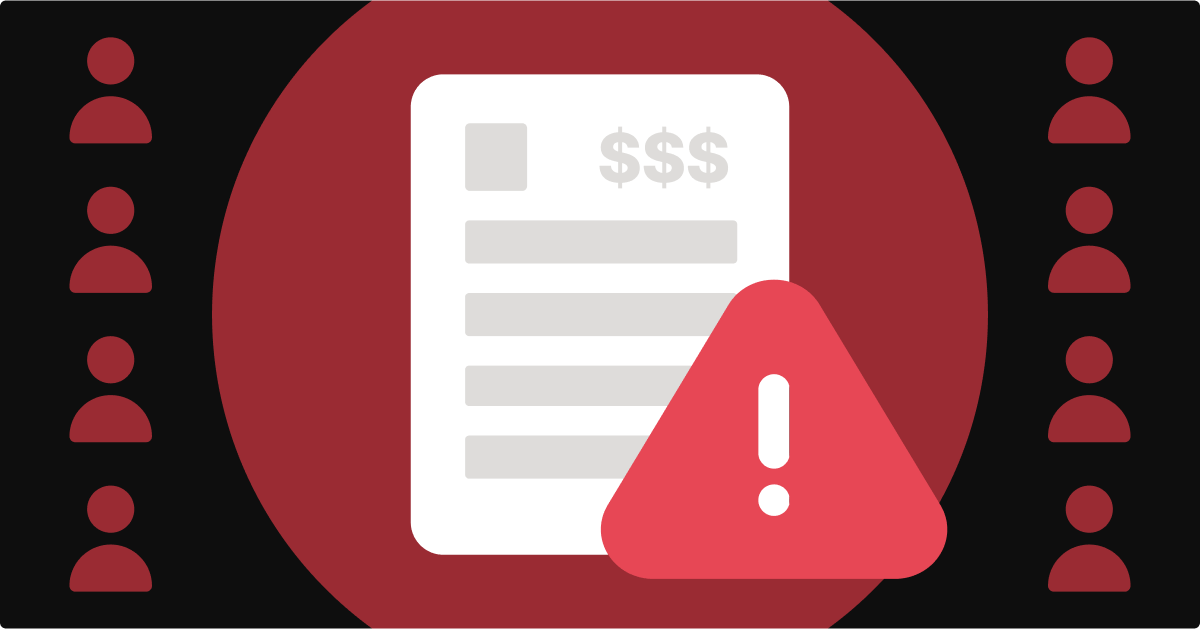Procurement orchestration is emerging as a must-have capability for procurement leaders looking to modernize operations and unlock strategic impact.
In 2025, orchestration platforms are no longer optional add-ons. They’re the connective tissue that makes procurement agile, intelligent, and outcome-driven.
What Are Procurement Orchestration Platforms?
These platforms help procurement teams:
- Aggregate and normalize data across systems
- Prescribe high-impact actions
- Simulate outcomes
- Execute workflows across procurement tools
In short, they turn fragmented procurement processes into a synchronized engine aligned with business goals.
Why Orchestration Matters Now
The 2024 Gartner Hype Cycle shows orchestration platforms at an inflection point. Key reasons:
- Disconnected tools: Most teams use 6–10 tools across the source-to-pay process
- Data chaos: Critical data is scattered across spreadsheets, ERPs, and supplier portals
- Manual handoffs: Tasks fall through the cracks without coordinated workflows
Procurement orchestration solves this by aligning data, processes, and decisions—automatically.
Business Value You Can’t Ignore
Organizations deploying orchestration platforms see:
- 30% faster cycle times
- 2x increase in policy compliance
- Better alignment of sourcing with business needs
These outcomes matter when procurement is expected to do more with less.
How to Implement Procurement Orchestration
1. Map Your Current Tech Stack
Identify gaps, overlaps, and integration challenges. Know what tools are in play and where friction exists.
2. Define Outcomes You Want to Drive
Choose a few metrics to improve: cycle time, compliance, stakeholder satisfaction, etc.
3. Choose the Right Vendor
Look for platforms with:
- Flexible integration capabilities (APIs, webhooks)
- Built-in analytics and simulation tools
- A no-code workflow builder
4. Start With One High-Impact Use Case
For example: orchestrating the intake-to-sourcing handoff.
5. Build a Cross-Functional Task Force
Include stakeholders from procurement, IT, finance, and business units to ensure adoption.
Real-World Use Case: Intake Management
Many orchestration platforms start by optimizing intake management:
- Users submit sourcing requests through a unified portal
- The platform routes them automatically to the right process
- Requesters get visibility into status, SLAs, and outcomes
This reduces rogue spend, increases compliance, and improves internal satisfaction.
Key Considerations Before You Invest
Challenge: Many vendors claim orchestration capabilities
Action: Ask for live demos that show true end-to-end orchestration, not just intake workflows
Challenge: Overlapping functionality with existing tools
Action: Use orchestration to unify—not replace—existing best-of-breed investments
Challenge: Data quality issues
Action: Pair orchestration with data enrichment tools to get clean, normalized inputs
Looking ahead
As AI and automation continue reshaping procurement, orchestration platforms will become central to every digital strategy. Instead of layering on more tools, organizations need a system to coordinate and align what they already have.
To understand where orchestration fits in the broader evolution of procurement tech, download the Gartner® Hype Cycle™ for Procurement and Sourcing Solutions, 2024. See why orchestration is becoming a critical investment—and how early movers are gaining a competitive edge.
Final Takeaway
Orchestration is the engine that powers modern procurement. It’s not about replacing your tools—it’s about making them work together smarter.
If procurement is your company’s engine for growth and resilience, orchestration is the fuel.
Frequently Asked Questions (FAQs)
What’s the difference between procurement orchestration and intake management?
Intake management is often the starting point for orchestration, but true orchestration includes data enrichment, simulation, workflow execution, and cross-tool integration.
Can orchestration work with my current ERP and sourcing tools?
Yes. Leading orchestration platforms offer open APIs, pre-built connectors, and integration frameworks to work with existing procurement tech.
Do I need IT involvement to implement orchestration?
Minimal. Most modern platforms use low-code/no-code interfaces. OpenEnvoy, for instance, deploys without major IT lift.
What’s a good first use case for orchestration?
Start with sourcing intake. It’s a low-risk, high-reward process that benefits from automation and transparency.
Is orchestration expensive?
Not when compared to the cost of fragmented workflows, missed savings, and manual errors. Orchestration typically delivers ROI in under 6 months.
How does orchestration support ESG goals?
It helps by enforcing supplier diversity rules, tracking sustainability metrics, and aligning decisions with ESG objectives automatically.
Can orchestration scale as our team grows?
Absolutely. It’s built for agility—supporting evolving processes, user roles, and business priorities without re-architecture.
How long does it take to see results?
Most teams see process improvements and increased compliance within the first 90 days of implementation.
Why now?
The complexity of autonomous procurement has outgrown spreadsheets and static tools. Orchestration is the bridge to smarter, scalable operations.
